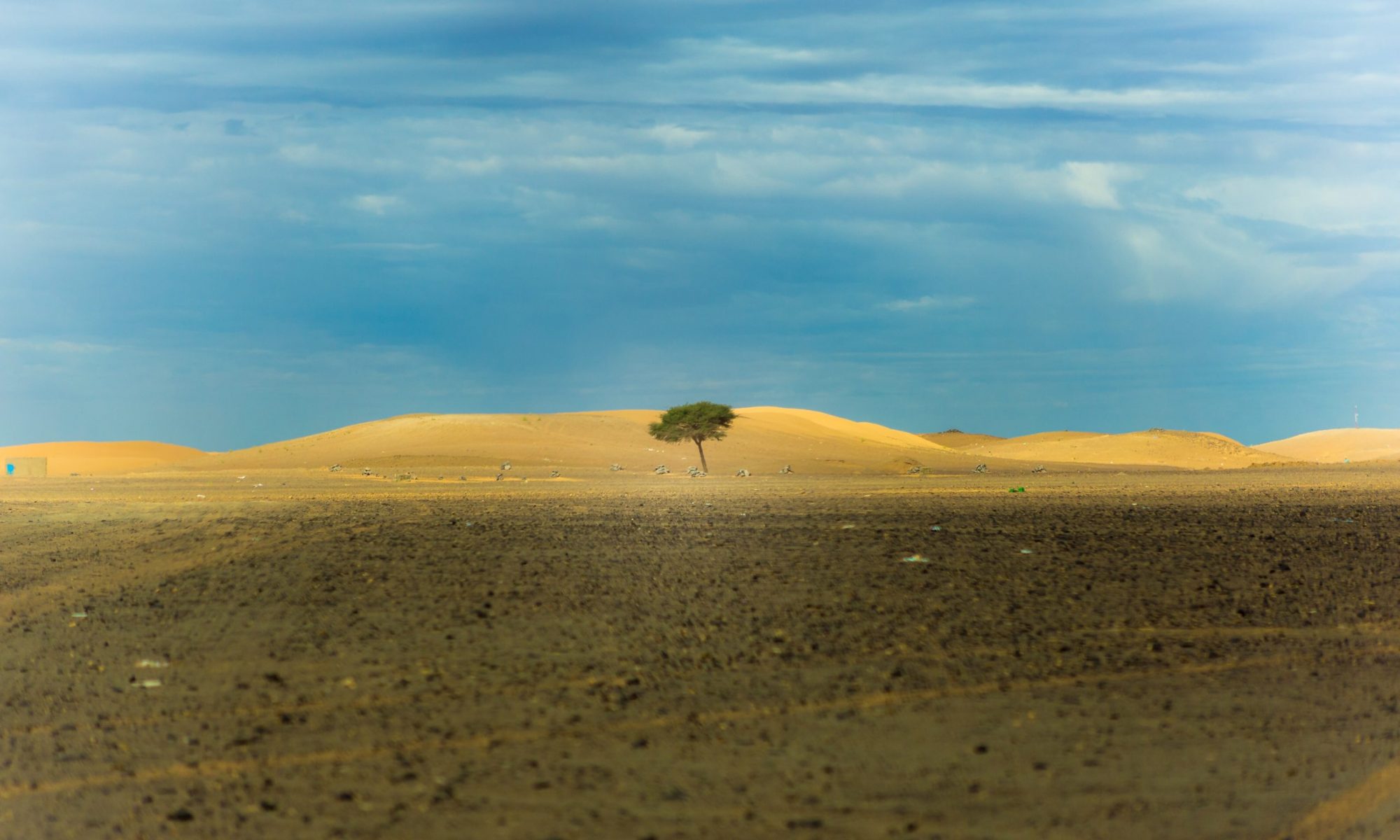You can find and download this video at the long-term archive Zenodo under the following DOI:
You can also find and download a PDF version of the following Essay from the same repository under the following DOI:
Short essay based on the presentation at TRAVAS 2021
Dr Astrid Nyland, Museum of Archaeology, University of Stavanger, Norway
Background
My talk and essay present a new research project starting in January 2021 (https://www.uis.no/en/life-after-storegga-tsunami-last ). Our focus is the social impact of the Storegga tsunami that battered the western coast of Norway and eastern Scotland in 8200 BP, which was caused by a massive submarine landslide off the coast of central Norway and affected both sides of the North Sea.
Our main concern is that, whereas the range and physical impact of the wave have been identified by geologists and palaeobotanists (e.g. Bondevik, Stormo, and Skjerdal 2012, Bondevik et al. 2005, Prøsch-Danielsen 2006), the social impacts of the wave have not been systematically investigated. Despite this, in archaeological literature the event is generally referred to as a disaster or catastrophe. That is, we know why, when and where the tsunami hit, but what were its social consequences? Our aim is to learn more about Mesolithic societies through the study of this large-scale natural event.
Questions:
We set as a core premise that a large-scale natural event only turns into a disaster if the affected society is ill equipped to handle its consequences or does not have the capacities to survive and rebuild. In other words, the way that individuals and communities recover from a natural hazard event tells us about that society; its potential vulnerability, social structures, institutions, and inherent capacities (Shaw 2014, Vollmer 2013, Alexander 2005). In this way, the disaster aspect lies in the unfolding aftermath of an event but is caused by existing or lacking political and social systems. Moreover, a tsunami may be destructive, but may also be a seed for change.
In our project we ask: How did this catastrophic or perhaps disruptive event affect the societal developments of the Mesolithic coastal communities? The aim is thus to utilize the tsunami event to investigate Mesolithic societies, to try to identify social structures, organisation and mechanisms for knowledge or cultural transmission as mitigations of living in a risky world, living by the sea. To return to something mentioned in the panel debate at the conference in January, since change is normal in societies, persistence and continuity needs explanation. Is part of this explanation linked to aspects of resilience or vulnerability? Or, to exposure and reaction?
Depending on whether we discover gaps in knowledge transmission, or continuity, we will discuss the indications for the potential resilience or vulnerability of the social structures of Mesolithic societies. Indeed, we will also discuss what makes a Mesolithic Hunter-Gatherer society vulnerable or resilient. Which systems, institutions or infrastructure enable the society to quickly recover, or potentially augment the impacts?
To investigate this, the project will undertake comparative studies of the developments that took place in different regions around the North Sea that were hit by the wave in 7500-5000 cal BC. We will investigate environmental consequences, lithic technology, and site distribution. We will also explore a potential intensification in ritual as one way to retake control post-disaster. In addition, research on modern disasters will be built upon to perhaps enable a new understanding of the patterns and possible reactions to the dramatic or, at least, the disruptive event.
Some remarks at the close
A ‘paradox’ is perhaps the way one has previously characterised the effect of the tsunami as a disaster for the Mesolithic coastal inhabitants. While in archaeological literature, Mesolithic Hunter-gatherer-fisher societies are more often than not portrayed as highly adaptable, spontaneous, flexible, and well equipped for reorientation, exploiting a variety of niches that enabled their survival. How the Mesolithic is storied is thus also a theme that our project will explore.
The tsunami battered the coast alongside other environmental situations too: there was an ongoing sea level rise on the west coast, starting in the Middle Mesolithic and ending after 6000 BC, and the 8.2 ka climatic cold event that brought increased storm surges and instability. In Scotland, researchers (Waddington and Wicks 2017) suggest that this could have augmented the experienced catastrophic effect of the tsunami. However, if we turn this around, did this instability make the societies better equipped to face disastrous events?
A disaster can be destructive, but it is also transitory, and the tsunami did not batter the coast homogeneously. Our project reasons that, for some, the tsunami was probably a devastating disaster, but for others it was perhaps only a reminder of the hazards of living by the sea. Our task is admittedly challenging, the material is fragmented and many sites have been transgressed. However, since this has not been systematically investigated earlier, in the way we approach the theme, there is great potential for new knowledge. We – a group of nine researchers (including a PhD and Postdoc) from the University of Stavanger, Oslo and Bergen, University College Dublin, Queens University of Belfast, and University of Copenhagen, have four years to investigate this – and hopefully we can present more answers later on but, for now, I have raised some questions that I hope can create some discussion.
References:
Alexander, David. 2005. „An Interpretation Of Disaster In Terms Of Change In Culture, Society And International Relations.“ In What is a disaster? New Answers To Old Questions, edited by Ronald W. Perry and E. L. Quantarelli, 25-48. USA: Xlibris.
Bondevik, Stein, Jan Mangerud, Sue Dawson, Alastair Dawson, and Øystein Lohne. 2005. „Evidence for three North Sea tsunamis at the Shetland Islands between 8000 and 1500 years ago.“ Quaternary Science Reviews 24:1757–1775.
Bondevik, Stein, Svein Kristian Stormo, and Gudrun Skjerdal. 2012. „Green mosses date the Storegga tsunami to the chilliest decades of the 8.2 ka cold event.“ Quaternary Science Reviews 45:1-6.
Prøsch-Danielsen, Lisbeth. 2006. Sea-level studies along the coast of south-western Norway. With emphasis on three short-lived Holocene marine events. Stavanger: Arkeologisk museum.
Shaw, Rosalind. 2014. „“Nature“, „culture“ and disasters. Floods and gender in Bangladesh.“ In The anthropology of climatic change. A historical reader, edited by Michael R. Dove. West Sussex: Wiley Blackwell.
Vollmer, Hendrik. 2013. The Sociology of Disruption, Disaster and Social Change. Punctuated Cooperation. Cambridge: Cambridge University Press.
Waddington, Clive, and Karen Wicks. 2017. „Resilience or wipe out? Evaluating the convergent impacts of the 8.2 ka event and Storegga tsunami on the Mesolithic of northeast Britain.“ Journal of Archaelogical Science Report 14:692–714.

